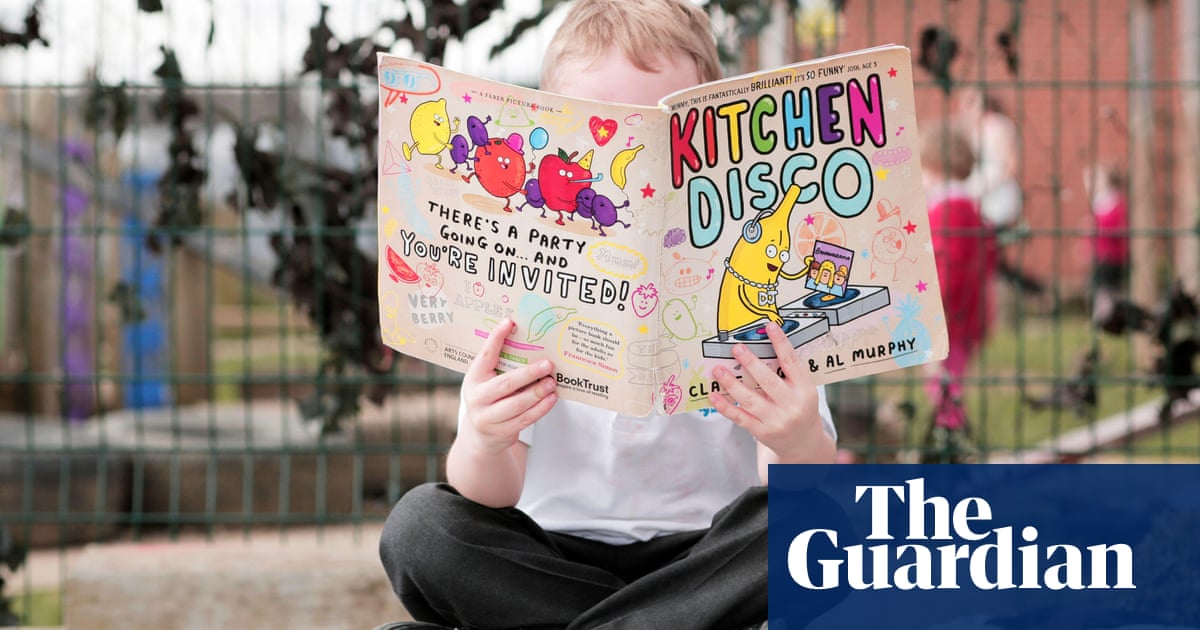At Spring Parks Primary School, there’s usually a steady proportion of prep students who lag far behind their peers in reading comprehension. But this year, every student has scored more than 80% in their tests.
The answer, its principal Philip O’Reilly says, is phonics.
Nine out of 10 government primary schools inVictoriaare already using phonics to teach reading two years ahead of the approach being mandated in classrooms, new research shows.
Synthetic phonics teaches children to read by helping them to identify the connection between phonemes (sounds) and letters (graphemes) by sounding them out.
For instance, where children would once learn the word “cat” by seeing it in a story with a picture or memorising it, they here instead sound out c-a-t – and blend it, into cat.
Daily phonics is due to be mandated for children from prep to year 2 in all Victorian schools by the start of 2027 under the state’s revised curriculum, with 25 minutes daily explicit teaching of phonics and phonemic awareness.
The survey of schools, provided exclusively to Guardian Australia from the state’s education department, found 93% were delivering daily synthetic phonics and there had been almost 16,000 downloads of the state’s Phonics Plus resources since its publication this February.
O’Reilly said prep students had improved in “leaps and bounds” compared with where the same age cohort were placed last year.
“At first, my teachers thought the lesson plans were quite challenging, but once they actually started doing it … I’m amazed at how quickly we’ve seen growth,” he said.
“It seems very prescriptive, but it’s great for the students, because there’s so much repetition that they get into a routine. You could go into a classroom tomorrow and the kids would be able to tell you what you need to do next.
“And the kids are actually recognising the success themselves … It sounds really boring, but they love it.”
Sign up for Guardian Australia’s breaking news email
Phonics wasintroduced in 2012 in the UKand in recent years has seen widespread uptake in English-speaking countries,including Australia. But academics have beendivided on its efficacy.
A 2022 study by researchers at UCL’s Institute of Education described the way primary school pupils were taught to read in England as“uninformed and failing children”, calling on the government to drop its narrow focus on phonics.
Australia’s Centre for Independent Studies, however, has been astrong backer of the method, calling for it to be prioritised in Australia as early as 2017, andresearch from the London School of Economicshas found it is particularly effective for disadvantaged pupils and those who do not have English as their first language.
In Victoria, a new year 1 phonics check, which takes about 10 minutes, is also being piloted at Victorian government primary schools this year, to become mandatory from 2026. About 80% of schools are choosing to deliver the test in term three – one year ahead of schedule.
Anelise Porto, a foundation classroom teacher, said an average lesson involved targeted practice of select letters, which students sounded out before blending and segmenting the letters into words on their whiteboards.
“We ‘write it, chin it and bin it’,” she says. “When they write something on their whiteboard, they put it on their chin for teachers to see, and then we can give immediate feedback.
“Assessment tasks happen every two weeks, and with that data, we’ve been able to see that it’s working – we’re seeing a huge amount of growth because we’re testing so often.”
Victoria is a late adopter of the check, which was first implemented by South Australia in 2018, followed by New South Wales in 2021, Western Australia in 2023 and Tasmania in 2024. The ACT’s pilot will be further expanded this year.
The education minister, Jason Clare, has also been a strong backer of phonics in thefederal government’s latest schools agreement, which ties funding to year 1 phonics and early numeracy checks.
Australia consistently scores above the OECD average in reading literacy according to Programme for International Student Assessment (Pisa) results but has seen agradual decline in the past decade, a warning signs that changes are needed.
Victoria’s deputy premier and education minister, Ben Carroll, said teachers and principals had shown “nothing but support” for phonics in schools, which he hoped would lead to stronger reading outcomes.
“Despite providing a two-year transition period, schools are getting on board, and we’re excited to see schools embracing change,” he said.
O’Reilly says the regular checks have allowed teachers to quickly identify students who are struggling, or need to be extended.
“At my school, where students are predominantly Vietnamese, it’s helpful to have that repetitive structure,” he says.
“Phonics gives everyone the same tools. It’s a great equaliser.”
